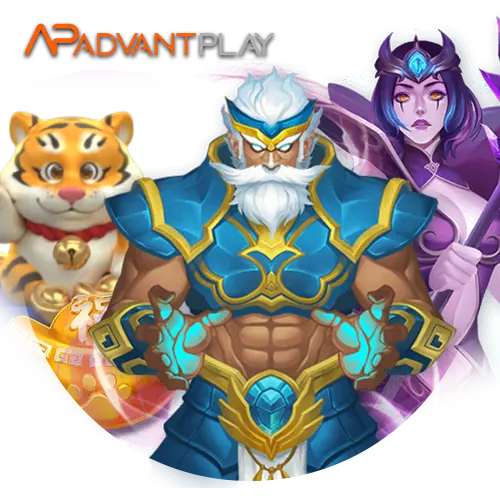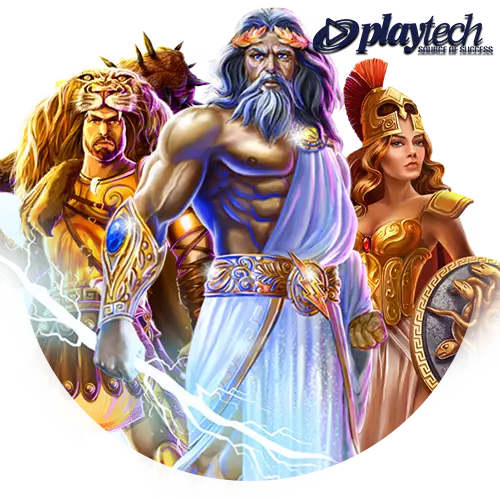
Game Terpopuler

Sportsbook












Doku188 - Situs Mpo Slot Online 2024 & Link Slot Gacor Gampang Maxwin Hari Ini
Doku188 juga disebut Doku slot adalah situs slot gacor terbaru server mpo slot yang menawarkan berbagai game menarik dan menguntungkan. Dengan koleksi mesin slot online yang inovatif dan sering diperbarui, situs slot gacor terbaru ini telah berhasil menarik banyak penggemar judi slot online. Doku188 yang berfokus pada slot gacor hari ini, menawarkan pemain selain hiburan juga kesempatan untuk memenangkan hadiah besar. Game judi mpo slot Doku188 sangat populer di kalangan pemain judi online dari berbagai usia dan latar belakang karena kualitas grafis yang bagus dan desain permainan yang interaktif.
Doku188 juga dikenal karena platform situs judi online yang stabil dan aman yang memberikan kenyamanan dan kepercayaan kepada pemain. Doku188 memiliki semua permainan judi slot online yang dirancang untuk memberikan pengalaman bermain yang memuaskan dengan fitur-fitur yang menarik dan inovatif. Ada jackpot progresif dan bonus reguler di Doku188 yang meningkatkan pengalaman bermain. Doku188 menawarkan dunia permainan mesin slot online untuk mereka yang mencari sensasi dan peluang untuk menang besar. Permainan ini tidak hanya menyenangkan, tetapi juga memiliki peluang untuk menghasilkan uang besar.
7 Rekomendasi Daftar Link Judi Mpo Slot Gacor Gampang Menang Hari Ini
Doku188 saat ini bekerja sama dengan bisnis penyedia slot online berbagai kalangan atas kakap, jadi kami akan mengulas tujuh daftar link slot gacor hari ini yang dapat Anda mainkan hari ini karena ada peluang besar untuk mendapatkan jackpot slot maxwin.
- Pragmatic Play
- PG Soft
- Play Star
- Habanero
- JILI
- Joker Gaming
- Spade Gaming
Ketika Anda bermain Doku188, ke-7 provider slot ini dapat menjadi referensi utama jika Anda ingin dengan mudah mendapatkan jackpot sensasional dari permainan slot.





























































































